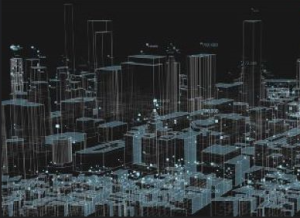
Improving equity for citizens is a key goal of the Biden Administration. At the same time, agencies across government are adopting Artificial Intelligence (AI) solutions to better use data for a variety of tasks and decision making. Seeing the increasing role of AI in day-to-day operations, the government is looking for ways to ensure that the technology is used fairly and safely without impinging on the innovation being felt by AI adoption in government.
AI as an Administration Focus
The White House Office of Science and Technology Policy released a blueprint for a "Bill of Rights" to provide some guidelines for the development and use of AI in government. It details the roles various agencies need to play to ensure that AI tools align with privacy rights and civil liberties. Continue reading





